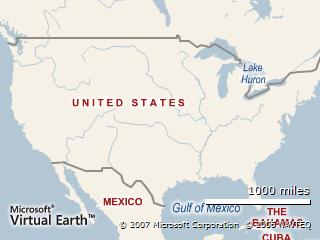Quote of the Day:
If you really want to do something, you will find a way. If you don't, you will find an excuse.
--Anonymous
Clinicians each day face innovation, like it or not. It traverses our day from the hospital to our office and to our business engines.
Continuing medical education, and staff training are a key methodology of "technology transfer" from the boiler-rooms of academia and practice management gurus.
We are all involved in some aspect of the process, the rising impact of consumerism, monitoring of outcomes, performance measures, reimbursement based upon compliance with reporting these metrics, and the influx of information technology.
The past three years as a health informatics researcher, I have devoted much time by interviewing vendors and the different approaches they use for their own business models. Understandably they are in it to make a profit.
Most observers realize that HIT has undergone a rapid evolution with many failures, and some successes.
In past years some vendors would offer "beta" systems to practices for a reduced amount to build their software. There were many problems with this approach. A clinical practice setting operates on a daily basis and does not have the IT resources to support the many software and/or hardware "bugs" that are part and parcel of poorly written or undeveloped software.
In the development of Health Information Exchanges I have seen many different approaches to this new challenge.
An early question from the vendors is "who are your stakeholders"
Sales people like to develop lists of hospitals and clinicians they can approach to display their wares. Some are ethical and truly are dedicated to improve health care by using HIT. As a consultant and physician working with a company the company gains some credibilty by having a fellow physician "vette" their offering. Unfortunately in this process I have investigated multiple companies and have disqualified most. Many are smaller companies who do not have adequate support. Many of their "demos" are fancy power point presentations which do not truly exhibit the flaws in the actual operation of their system.
Many of them are very "defocused" attempting to have a large marketing department and not focus on truly developing a pilot program to demonstrate their offering(s). Some are not focused on health information exchanges and want to use this as a marketing bridge for EMRs, transcription systems. Many are the result of mergers, acquisitons, to expand the functionality of their offerings. In some cases they market systems that are not truly connected. In some cases they will offer a complete solution when they do not have the pieces integrated, other than fancy tricolor glossy marketing pieces. They often speak in terms that are unfamiliar to clinicians, such as "revenue cycle management".
They imply practices can "plug and play" as if it operates like a usb port on a personal computer. This is inherent in their asp online solutions (also known as web 2.0). On the surface this has been offered as a "hosted application" residing elsewhere much like a "mainframe" All the practice needs is a "thin client" (formerly known as a workstation. This is connected via the internet. We have al witnessed significant decline in internet performance which degrades swift data entry and/or retrieval.
Initially it is offered on a reasonable monthly subscription cost, much less than the investment of a inhouse client-server system
As the offer evolves you will find surcharges for training and maintenance charges.
If one truly wishes to research health IT, it is worthwhile to attend one of the annual HIMSS meetings. www.himss.org
The Healthcare Information and Management Systems Society (HIMSS) is the healthcare industry's membership organization exclusively focused on providing leadership for the optimal use of healthcare information technology (IT) and management systems for the betterment of healthcare. more >
Attend in the role of an interested observer, not as a place where you select a vendor.
In my next blog we'll discuss weblog's that are resources for innovative ideas, and most important written by knowledgable experienced thought leaders.

